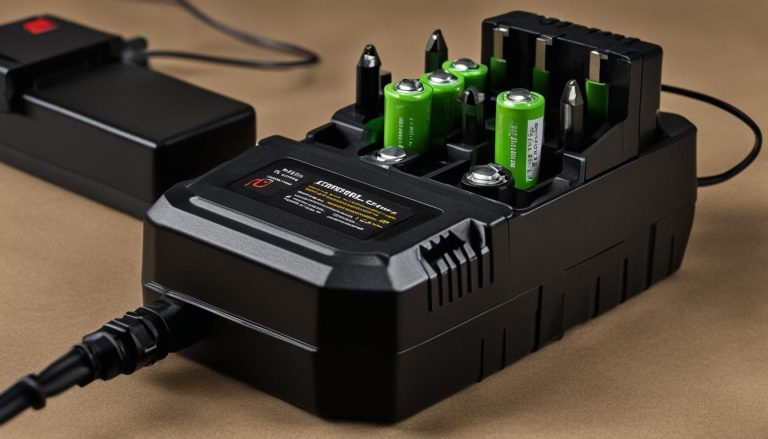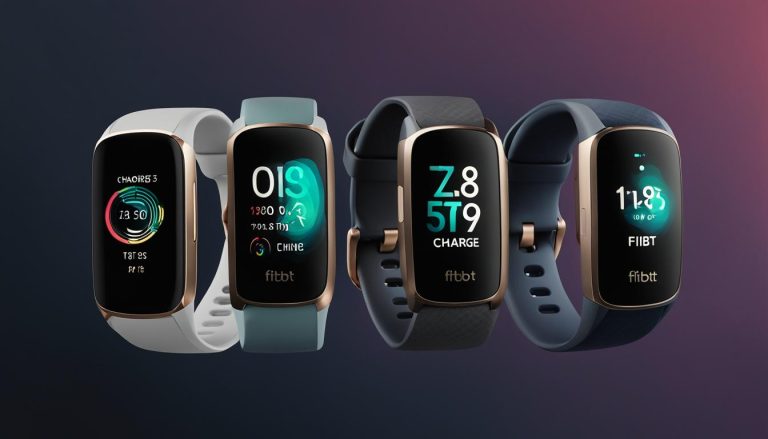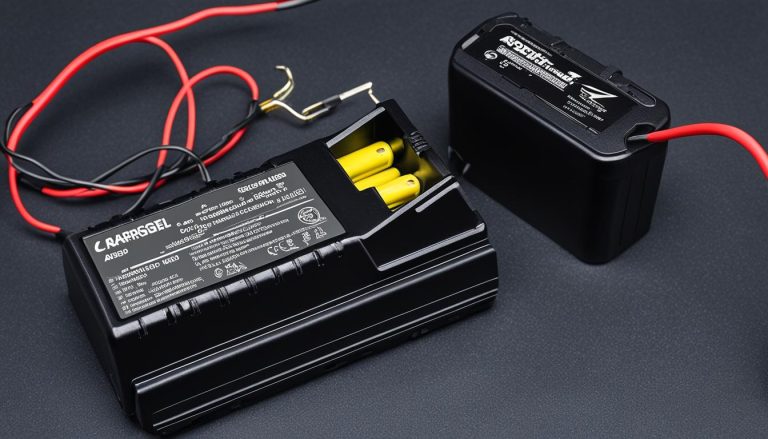Deep Cycle Battery Charge Time Explained
batterychargers.site and its partners may earn a commission if you purchase a product through one of our links
If you’re using deep cycle batteries for your solar applications, you may be wondering how long it takes to charge them fully. The charge time of deep cycle batteries depends on various factors. Let’s dive into the details to understand the process and determine how long it might take for your specific battery.
Deep cycle batteries are designed to be charged and discharged repeatedly, making them ideal for solar power systems. The charging process for these batteries involves different stages, including the Bulk Stage, Absorption Stage, and Float Stage. During the Bulk Stage, the battery receives a high current to quickly reach about 80% of its capacity. The Absorption Stage follows, where the voltage is held steady while the current decreases, allowing the battery to reach its full capacity. Finally, in the Float Stage, the battery is maintained at a lower voltage to prevent overcharging.
The total charge time for a deep cycle battery depends on the battery’s capacity and the power rating of the charger. To calculate the charge time, divide the battery’s capacity by the amp rating of the charger. For example, if you have a 100Ah battery and a charger with a 10-amp rating, it would take approximately 10 hours to charge the battery fully.
However, it’s essential to consider that charging times may vary due to other factors. The efficiency of your solar equipment, such as the solar panels and charge controllers, can impact the charge time. The amount of direct sunlight received by the panels also plays a role. Additionally, battery degradation over time can affect the charge time, as older batteries may take longer to charge.
Properly charging your deep cycle batteries is crucial for safety, prolonging their lifespan, and maintaining efficient charging and discharging. By understanding the charging process and taking into account the various factors that can affect the charge time, you’ll be able to optimize the charging process for your specific setup.
Key Takeaways:
- Deep cycle batteries are designed for repeated charge and discharge cycles, making them suitable for solar applications.
- The charge time depends on the battery’s capacity and the power rating of the charger. Calculate the charge time by dividing the battery’s capacity by the amp rating of the charger.
- Factors such as the efficiency of the solar equipment, amount of direct sunlight, and battery degradation can influence the charge time.
- Proper charging is essential for safety, prolonging battery lifespan, and ensuring efficient charging and discharging.
- Regular maintenance and monitoring of the battery’s state of charge are important for optimal performance and preventing overcharging or undercharging.
How to Charge a Deep Cycle Battery
When it comes to charging a deep cycle battery, there are various methods you can choose from depending on your available resources and the specific battery type. Here are some popular options:
Solar Power Charging for Deep Cycle Batteries
One of the most sustainable and environmentally friendly ways to charge a deep cycle battery is through solar power. This method involves investing in a solar power system that consists of solar panels, charge controllers, and inverters. The solar panels harness energy from the sun and convert it into electricity, which is then stored in the deep cycle battery. This approach allows you to charge your battery completely off-grid, making it ideal for remote locations or areas with limited access to grid power.
Grid Power Charging for Deep Cycle Batteries
If you have access to grid power, another option is to use an AC to DC battery charger. This charger converts the alternating current (AC) from the grid into direct current (DC) to charge your deep cycle battery. Grid power charging is a convenient and reliable method, especially if you have a stable power supply. It is important to select a charger that is compatible with your battery type and follow the manufacturer’s instructions for charge rates to ensure safe and efficient charging.
Alternator and Starter Battery Charging for Deep Cycle Batteries
In certain situations, you can utilize your vehicle’s alternator and starter battery to charge a deep cycle battery. This method requires a built-in DC to DC On-Board Battery Charger. The charger taps into the vehicle’s electrical system and regulates the voltage to charge the deep cycle battery effectively. This option is particularly useful for camping trips or RV adventures, allowing you to charge your deep cycle battery while on the move.
Regardless of the charging method you choose, it is essential to select the appropriate charger for your battery type and carefully follow the manufacturer’s instructions. Proper maintenance and care, including regular charging every 3-4 months, will help ensure optimal performance and longevity for your deep cycle battery.
The Best Way to Charge a Deep Cycle Battery
While each charging method has its advantages, the best way to charge a deep cycle battery ultimately depends on your specific needs and circumstances. Solar power charging offers sustainability and independence, grid power charging provides convenience and reliability, and alternator and starter battery charging offers mobility and versatility. Consider factors such as the availability of resources, location, and intended usage when deciding on the most suitable charging method for your deep cycle battery.
Factors Affecting Deep Cycle Battery Charge Time
The charge time for a deep cycle battery can be influenced by various factors that impact its efficiency and performance. Understanding these factors is essential for optimizing the battery’s charge time and ensuring reliable power supply for your needs.
One of the primary factors is the battery’s capacity, which refers to the amount of stored energy it can hold. A higher capacity battery will generally take longer to charge compared to a lower capacity one, as it requires more time to reach its full charge state.
The power rating of the charging source also plays a crucial role. A charger with a higher amp rating will charge the battery faster than a lower-rated charger. It is important to match the charger’s power output with the battery’s charging requirements to avoid undercharging or overcharging.
The efficiency of solar equipment used for charging deep cycle batteries can significantly impact the charge time. Factors such as the amount of direct sunlight received by the solar panels and the quality of the solar power system can affect the charging efficiency. Ensuring proper installation and maintenance of the solar panels will help maximize solar power charging efficiency.
Over time, battery degradation can occur, reducing its overall capacity and affecting the charge time. This degradation can be caused by factors like temperature extremes, deep discharges, or improper charging. Regular maintenance, including monitoring the battery’s state of charge and taking preventive measures, can help mitigate these effects and extend the battery’s lifespan.
FAQ
How long does it take to charge a deep cycle battery?
The charging time for a deep cycle battery depends on factors such as the battery’s capacity, the power rating of the charger, the efficiency of the solar equipment, and the amount of direct sunlight received by the solar panels. To calculate the charge time, divide the battery’s capacity by the amp rating of the charger.
What are the different methods of charging a deep cycle battery?
There are several ways to charge a deep cycle battery. You can use solar power charging with solar panels, charge controllers, and inverters. Grid power charging requires an AC to DC battery charger. Using the alternator and starter battery to charge a deep cycle battery requires a built-in DC to DC On-Board Battery Charger. It’s important to choose the appropriate charger for your battery type and follow the manufacturer’s instructions for charge rates.
What factors affect the charge time of a deep cycle battery?
The charge time for a deep cycle battery is affected by several factors, including the battery’s capacity, the power rating of the charging source, the efficiency of the solar equipment, the amount of direct sunlight received by the solar panels, and battery degradation over time. Choosing the right battery capacity and charging equipment, as well as proper maintenance and monitoring of the battery’s state of charge, will help optimize the charge time and ensure efficient charging and discharging.






